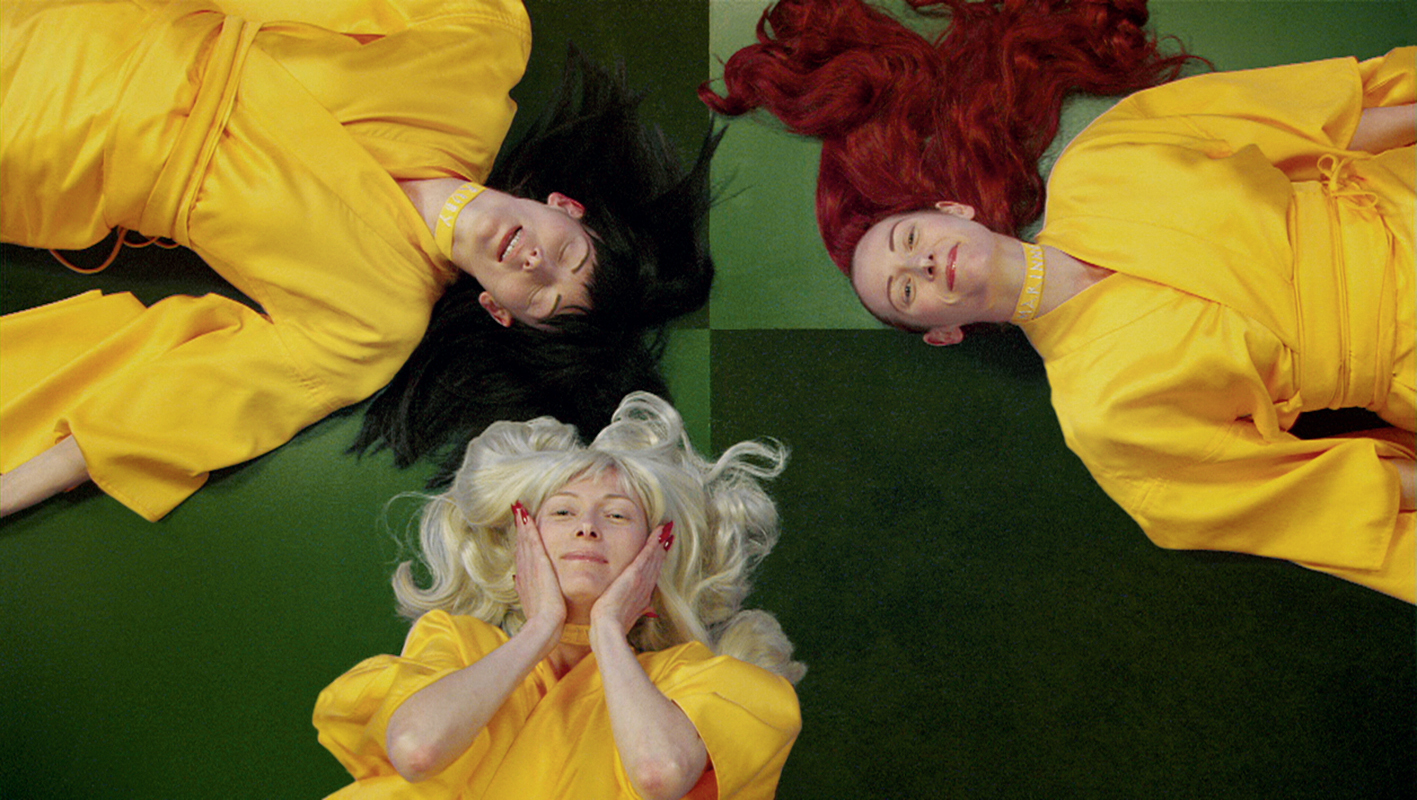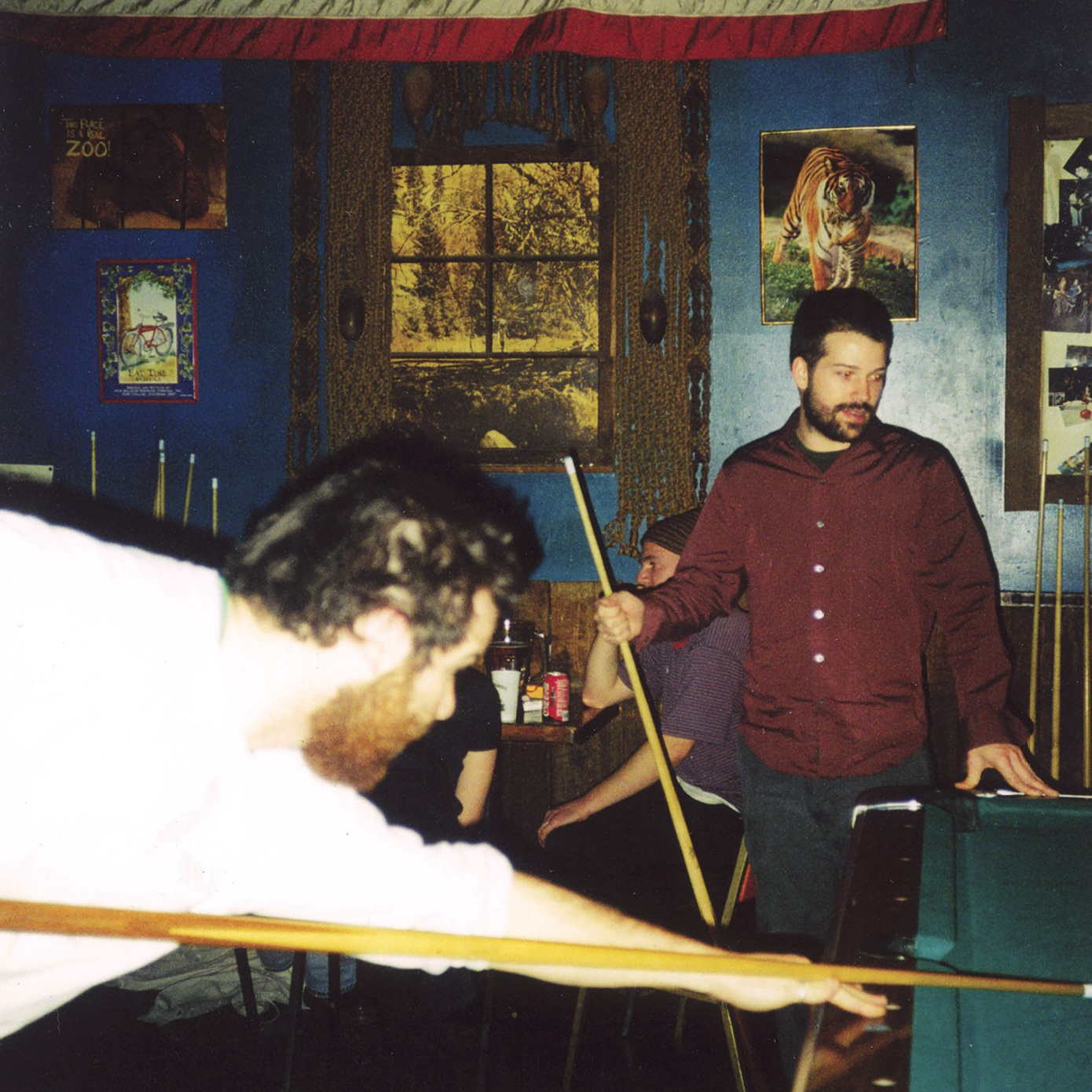
At San Francisco’s Legion of Honor, in the room where Alfred Hitchcock shot Vertigo, you can sit on the bench on which Kim Novak sat and gaze at a portrait that has a GoPro camera hidden behind its eyes. The piece is part of a complex installation by pioneering artist and filmmaker Lynn Hershman Leeson, which is on display from December 16 to March 25. Titled VertiGhost, the work explores the shifting relations between fact, fiction, surveillance and identity—themes that Hershman Leeson has been investigating for more than 50 years. Asked to come up with a site-specific work that made reference to the collection, the artist thought it would be exciting to deal with the museum’s Hollywood history. “In an era of fake news,” she explains, “mistaking false information for truth is a topic whose time has come.” Another component of VertiGhost is a 15-minute film that explores two paintings—Portrait of Carlotta, a movie prop, and Portrait of Pierre-Edouard Baranowski, a Modigliani painting of an androgynous bohemian with empty eyes that was put in storage for 30 years because it was wrongly thought to be a forgery. In the documentary-style short, we see three Novak impersonators—a silent blonde, an engaging brunette and an articulate African woman with braids tied in a French knot. The latter is an actress who watched Hitchcock movies to gain insight into the “American mind” while growing up in Nigeria. “When you are on a steady diet of reality, you have way more discernment for what is not real,” she says.
Hershman Leeson is enjoying a surge of mainstream museum attention, instigated by a comprehensive solo retrospective that toured three German cities, then travelled to San Francisco’s Yerba Buena Center for the Arts. At the moment, the artist has work installed at the Fondation Louis Vuitton in Paris and the Bonner Kunstverein (in a show about “Art in the Age of Artificial Intelligence”). She also has a six-room installation, which replicates a genetics lab, in the current edition of Site Sante Fe. Called The Infinity Engine, the work includes images of experiments like the “Glow Cat,” a tabby whose DNA includes a jellyfish gene. The piece has garnered the attention of the scientific establishment to the extent that Novartis, the pharmaceutical giant, has plans to name an anti-body “Lynn Hershman.”
Highly original and experimental, Hershman Leeson’s oeuvre is hard to sum up. Her 1968 MA thesis consisted of reviews she wrote in the style of three fictional critics—Prudence Juris, Herbert Good and Gay Abandon. Then, in 1973, she created Roberta Breitmore, a mysterious creature whose existence was made real by her driver’s license and dental records as much as her penchant for blonde wigs and seedy hotel rooms. Unlike Duchamp’s Rose Sélavy or Cindy Sherman’s various female characters (which came later), Roberta did not live in a photographic studio, but roamed the city, often stalked by a photographer. Eventually, Hershman Leeson hired three women to play Roberta and, in 1978, a handful of men volunteered for the part when the Roberta Breitmore lookalike contest invaded the De Young Museum in the form of a conga line. “A lookalike contest was perfect for a work about multiples,” explains Hershman Leeson, who killed Roberta off in an exorcism the following year. “We are all more than one, whether we like it or not, and know it or not.”

After that, Hershman Leeson took a deep dive, exploring how new technologies affect people’s relationship to art and other human beings. She made Lorna (1979-82), an interactive laserdisc piece about an agoraphobic woman, which had three possible endings: Lorna would shoot the television, commit suicide or move to Los Angeles. In Deep Contact (1984), she used early touch-screen technology to enable her audience to access the body parts of a character called Marion. Then came CyberRoberta (1996), a telerobotic doll whose left eye hid a webcam, and Life Squared (2002), an online virtual hotel, haunted by an avatar version of Roberta. These works were followed by two ambitious science fiction feature films starring lanky British actress Tilda Swinton. Conceiving Ada (1997) was partly about Ada Lovelace, the 19th century inventor of the first computer algorithm, while Teknolust (2002) centered on a biogeneticist who made triplicate clones of herself. Swinton loved working with Hershman Leeson, who she describes as “the merriest of shipmates,” because the artist-director always engendered the feeling “of being on the edge of new ground.”
For many years, Hershman Leeson had only one collector—Donald Hess, the Swiss owner of many vineyards including Napa’s Hess Collection. A friend to many artists including Francis Bacon, Hess visited Hershman in the 1980s when she was a single parent, living in a basement. “I felt intuitively that Lynn was an important artist,” he explains. “She had a deep awareness of social issues such as privacy, gender, and surveillance. I may not immediately have understood her work but it intrigued me to the point that I wanted to spend time with it.” Hess bought almost everything she had made—over three hundred pieces—and then continued to support her by acquiring the first edition of her photographs and interactive works for decades afterward.
“I admire outsiders,” admits Hershman Leeson. “And people who have a political point of view.” As such, her art historical inspirations are as varied as Jean Tinguely (with his kinetic mechanical sculptures), Lee Miller (a war photographer who started out as Man Ray’s model) and Tina Modotti (an artist-activist who began her career as Edward Weston’s assistant). Still the question remains: what made Hershman Leeson so ahead of the curve, so ambitious to merge art and technology? “It was about understanding that I couldn’t compete with the past,” she explains. “To have any impact, you have to use the tools of your time. I was able to breathe what was going on here in San Francisco and then reshape it.”




